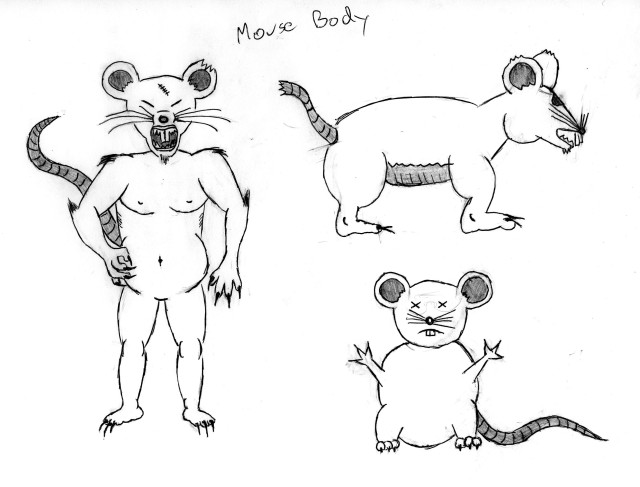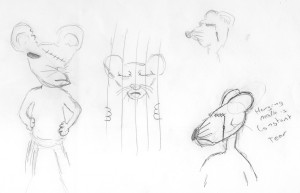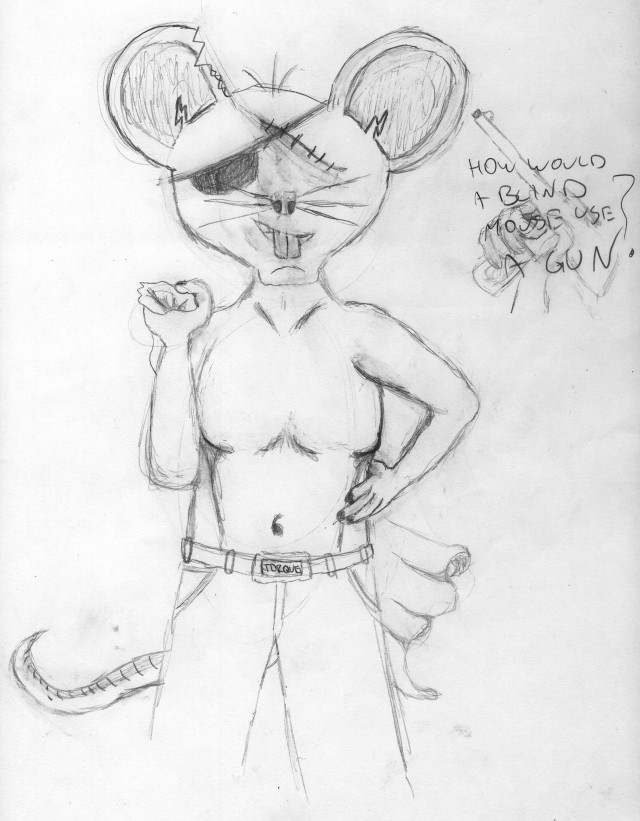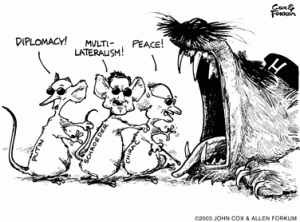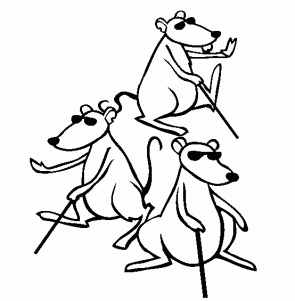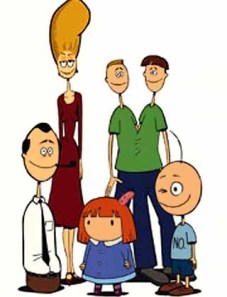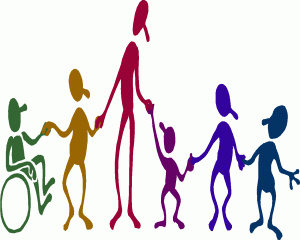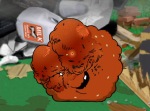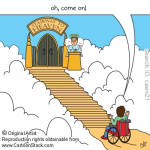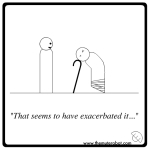
The different laws of gestalt
Gestalt is the phenomena of seeing objects as a whole rather than individual elements. Gestalt is a German word that roughly translates as “whole” or “form.” It refers to theories of visual perception developed by German psychologists in the 1920s. These theories attempt to describe how people tend to organize visual elements into groups or unified wholes when certain principles are applied. The human mind is quite adept at finding patterns and forms with very little stimuli.
The visual world is so complex that the mind has developed strategies for coping with the confusion. The mind tries to find the simplest solution to a problem. One of the ways it does this is to form groups of items that have certain characteristics in common.
The aspects of gestalt theory that interests designers are related to gestalt’s investigations of visual perception, principally the relationship between the parts and the whole of visual experience. Gestalt can be broken down into five basic principles.

Two groups of buttons

The gap makes us see two objects
Proximity – When elements are placed close together. They tend to be perceived as a group. There is a limit to the amount of information that the mind can keep track of. When the amount of visual information becomes too great the mind tries to simplify by grouping. The general concept for proximity states that the closer items are to one another, the more likely they are to be seen as a group. When items get close enough they touch. They still are two different items but they seem to be attached together.

Four lines seen as one object

The car is an anomaly
Similarity – When objects look similar to one another. People often perceive them as a group or pattern. When similarity occurs, an object can be emphasised if it is dissimilar to the others. This is called anomaly.
Similarity is a powerful grouping concept and as such can contribute significantly towards achieving unity. The more alike the items are, the more likely they are to form groups. The three main ways to create similarity are size, colour and shape. These and other similarity types are used extensively in design to create order and to organize information into specific groups in order to make the material presented more understandable.

They have not drawn a figure.

The figure is 'One'
Figure-Ground – This is the most abundantly used law of gestalt. Edgar Rubin, a Danish psychologist, was the first to systematically investigate the figure-ground phenomenon. The eye differentiates an object form its surrounding area. a form, silhouette, or shape is naturally perceived as figure (object), while the surrounding area is perceived as ground (background). Balancing figure and ground can make the perceived image more clear.
A simple composition may have only one figure. In a complex composition there will be several things to notice. As we look from one to another they each become figure in turn. As our attention shifts, the ground also shifts so that an object can go from figure to ground and then back. Ground is sometimes thought of as background or negative space.

We put in the last few lines.

There is neither a 'r' or a 'b'.
Closure – The law of closure posits that we perceptually close up, or complete, objects that are not, in fact, complete. This can involve the brain’s provision of missing details thought to be a part of a potential pattern, or, once closure is achieved, the elimination of details unnecessary to establish a pattern match.
Closure occurs when elements in a composition are aligned in such a way that the viewer perceives that the information could be connected. Imaginary lines called vectors, or shapes called counter forms, are generated by these relationships, which the eye understands as part of the composition even though there is “nothing there. Counter forms, (or negative spaces), determine to a great extent whether or not the composition will be perceived as a harmonious whole. Counter forms echo the positive visual elements with similarity, or create powerful substructures that support and connect visible elements.

3 lines, 3 letter, 5 shapes

Attempting movement
Continuity – When the eye is compelled to move through one object and continue to another object. The edge of one shape will continue into the space and meet up with other shapes or the edge of the picture plane. Continuity in the form of a line, an edge, or a direction from one form to another creates a fluid connection among compositional parts.
Seeing things as whole lines (sequential) is clearly important. But ‘being in wholes means’ that few interruptions change the reading of the whole. One of the best examples of continuity is the cross, which we see as one object rather than four connecting lines.
You can read more on the laws of gestalt at the following sites;











